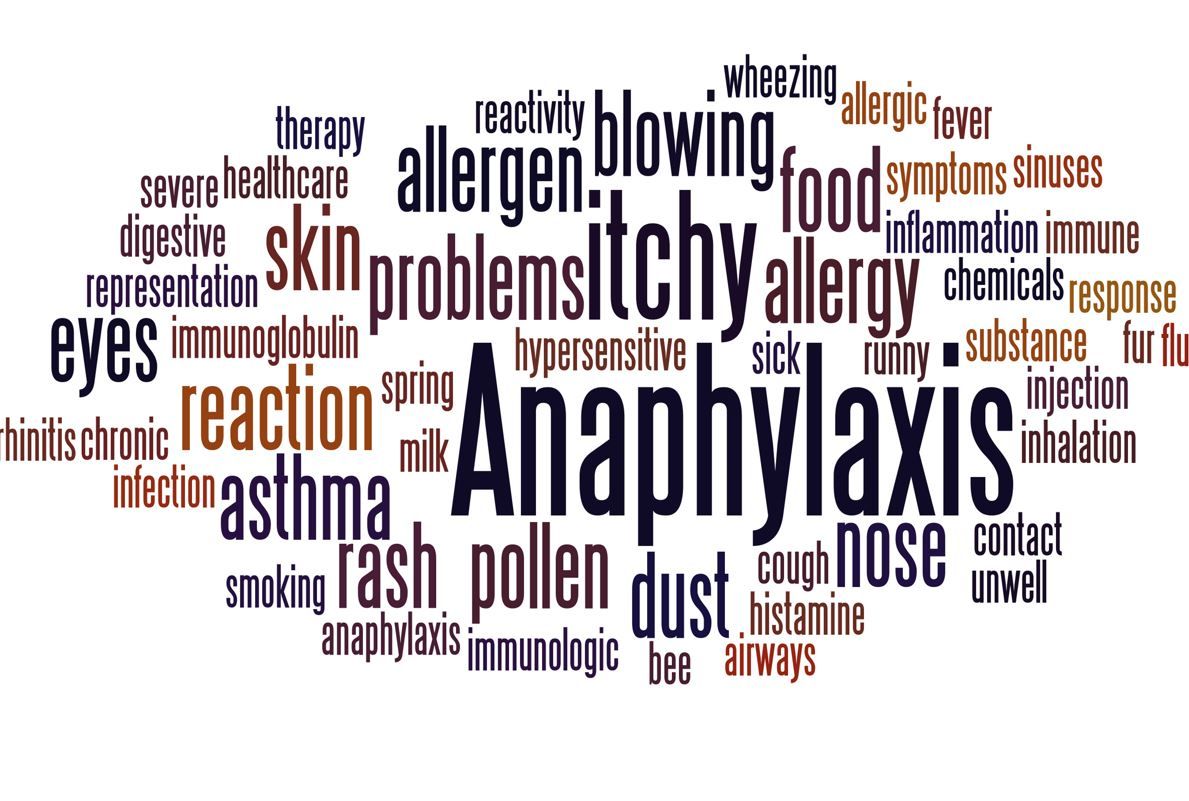- Clinical Technology
- Adult Immunization
- Hepatology
- Pediatric Immunization
- Screening
- Psychiatry
- Allergy
- Women's Health
- Cardiology
- Pediatrics
- Dermatology
- Endocrinology
- Pain Management
- Gastroenterology
- Infectious Disease
- Obesity Medicine
- Rheumatology
- Nephrology
- Neurology
- Pulmonology
Intranasal Epinephrine Should Be Prescribed with Confidence, Editorial Encourages
Clinical skepticism about the parity in effectiveness of epinephrine delivered via nasal spray vs autoinjector is rooted in fixed assumptions that bear examination, authors say.
The recent US approval of intranasal epinephrine for use by individuals at risk for a type 2 allergic reaction, including anaphylaxis, at face value would seem to be the solution to a long-unmet need for a needle-free delivery option for the potentially life-saving medication.
©kalpis/stock.adobe.com

However, in an editorial just published in the Journal of Allergy and Clinical Immunology, a trio of US allergist-immunologists suggests that both patients and clinicians remain skeptical about the novel delivery system as a viable, evidence-based option for treatment of anaphylaxis. As drivers of undue caution in the clinical community, the authors point to a lack of familiarity with regulatory standards and outdated assumptions.
They cite a question being raised when the nasal epinephrine spray is prescribed: “Should we not continue to advise having an autoinjector as well, just in case?” But for the more than 80% of patients who fail to fill, carry, or promptly use autoinjectors, this default mindset likely hinders more practical prescribing. “The only epinephrine that works is the epinephrine that patients will carry and use promptly,” they write. Hence the effort for nearly 25 years to develop noninjectable epinephrine delivery systems.
Different Delivery, Equal PK/PD
The editorialists Daniel BK Golden, MD, Matthew Greehawt, MD, MBA, MSc, and Marcus S Shaker, MD, MS, argue that the recently FDA-approved nasal epinephrine spray meets the same pharmacokinetic (PK) and pharmacodynamic (PD) benchmarks as existing intramuscular products. Despite differing delivery mechanisms, both forms achieve therapeutic serum epinephrine levels rapidly, often within 5 to 10 minutes. Clinical data show intranasal epinephrine increases heart rate and blood pressure as quickly or faster than intramuscular comparators, suggesting it can produce the desired therapeutic effects during an anaphylactic event.
The authors note that the onset of action for all routes occurs at concentrations well below the peak, likely due to early inhibition of mast cell mediator release through β₂-adrenergic receptors. This early-phase response, they argue, is key to epinephrine’s effectiveness and is achieved by all approved devices, including intranasal forms.
They acknowledge that the precise markers of clinical response in anaphylaxis are still not fully characterized. “How does epinephrine work?” the authors ask. The only good answer is, “Quite well.” Golden et al emphasize that no existing epinephrine product, including autoinjectors, has been validated by randomized controlled clinical trials for anaphylaxis outcomes. This reality is often overlooked in criticisms of nasal formulations, they wrote. All approved products have entered the market based on bioequivalence and regulatory confidence in PD and PK surrogates of efficacy. Whether epinephrine is delivered by the nasal or the intramuscular route, the wealth of clinical experience in the absence of study outcomes must be acknowledged, they stressed.
No Place For Redundant Device-Prescribing
The editorialists push back on the reflexive tendency noted earlier to coprescribe an autoinjector “just in case” alongside intranasal epinephrine for a patient already hesitating or refusing to use the device. The nasal spray could make a difference. “A redundant device-prescribing habit resulting from low confidence in a device type is neither logical nor cost-effective,” they wrote.
By contrast, for patients who consistently use autoinjectors promptly and express confidence with the device and self-injection, switching to a nasal device may offer no major advantage, other than longer shelf life or easier storage. For either patient profile, the authors emphasize the importance of the shared decision-making process, grounded in patient needs and values rather than physician preference, in determining the best device for each individual.
Confidence in new therapies, they conclude, often lags behind evidence. “This is not the first, and certainly not the last, time that confidence limits will cloud the emergence of a novel treatment owing to long-held beliefs in the success of the legacy product.” As with novelty of nearly all forms, there will be early adopters and there will be those who, until they have more experience and review additional evidence, will “stick the established options.”
The authors call for continued real-world research on epinephrine delivery and the most accurate markers of anaphylaxis but stress that clinicians should not withhold intranasal formulations simply because they differ from legacy options. Intranasal epinephrine, they argue, offers a rational and potentially more usable option for many patients, particularly those who have never carried or used their autoinjector.
Source
Golden DBK, Greenhawt M, Shaker MS. Prescribing nasal epinephrine spray: Confidence limits with novel treatments. J Allergy Clin Immunol. Published online June 30, 2025. doi:10.1016/j.jaci.2025.06.008
Editorial writers
David BK Golden, MD, associate professor of medicine, Johns Hopkins University, director of allergy, department of medicine, Sinai Hospital of Baltimore, chief, allergy division of internal medicine, Medstar Franklin Square Hospital, Rossville, MD; Matthew Greenhawt, MD, MBA, MSc, professor, department of pediatrics section of allergy and immunology, Children’s Hospital Colorado, and University of Colorado School of Medicine; director for the Children’s Hospital Colorado Food Challenge and Research Unit, Aurora, CO; Marcus S Shaker, MD, MS, professor of pediatrics, professor of medicine, Geisel School of Medicine at Dartmouth, Hanover, NH.
